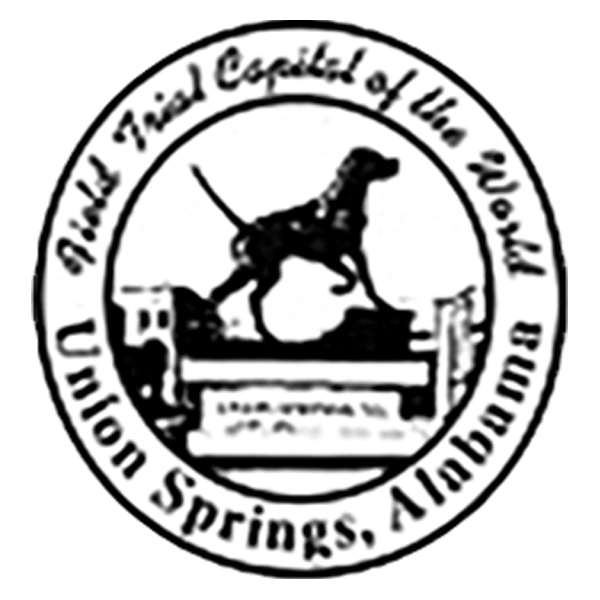Community
About Union Springs, AL
Union Springs, the county seat of Bullock County, is located in the Black Belt region of eastern Alabama. The first European settlers arrived in the area after the Creek Indian removal of the 1830s and gave the town its name because of the 27 springs flowing from the nearby Chunnenuggee Ridge. The rich black belt soil and ample fresh water of the area attracted migrants from surrounding states and made Union Springs a prosperous antebellum agricultural center. Union Springs was officially incorporated on January 13, 1844, as part of Macon County. When Bullock County was created in 1866 from parts of Macon, Montgomery, Pike, and Barbour Counties, voters chose Union Springs as the county seat. Union Springs has a mayor-council form of government, with the mayor and council members serving four-year terms.
Nicknames
- Bird Dog Field Trial Capital of the World
- The Serendipity Center of the South
Education
- Union Springs Elementary School (Pre-K through 4th)
- South Highlands Middle School (5th through 8th)
- Bullock County High School (9th through 12th)
- Bullock County Career Technical Center
- Conecuh Springs Christian School (K through 12th)
Bullock County Schools

City History
Union Springs, ca. 1905 Originally Creek Indian territory, the rich land of Bullock County made Union Springs an important center of the antebellum cotton trade beginning in the 1830s. With no access to river transport, Union Springs conducted its trade with the market in Columbus, Georgia, via the Mobile and Girard Railway Company. During the antebellum period, cotton barons built many striking mansions along the Chunnenuggee ridge, including the 1843 Moorish Revival style Foster-Chapman House, childhood home to civil rights activist Virginia Foster Durr. Although these homes and much of the town were spared generally from the destruction of the Civil War, the impact of Reconstruction and Emancipation led to a period of post-war economic decline.
By 1885, Union Springs had rebounded from the aftermath of the Civil War. The town was by then a junction of the Mobile and Girard and the Montgomery and Eufaula Railroads. It was home to an oil mill, a planing mill, and professional offices for doctors and lawyers. Cotton mills soon followed and again made Union Springs an economic hub for the surrounding counties. The growth of commerce in Union Springs enriched many of its citizens and led to more mansions being built around the town. These buildings and their antebellum predecessors now form the core of Union Springs’s popular Historic District.
Josephine Hotel Beginning in the early twentieth century, land originally used for cotton farming in Bullock County began to give way to other uses, particularly hunting. By the 1920s, game preserves occupied many of the sites of former cotton plantations. During that period, Lewis B. Maytag, an avid hunter and originator of the Maytag line of appliances, created a 14,000-acre hunting preserve known as the Sedgefields Plantation. This preserve and the lands surrounding it became a very popular location for bird dog field trials, which continue today. Field trials judge a bird dog’s ability to successfully point out the hiding places of game birds. From its founding through the present day, the economy of Union Springs has remained tied to agriculture. Bonnie Plant Farms, the nation’s largest grower of container vegetables and herbs, was founded in Union Springs and now has facilities in all 50 states.
